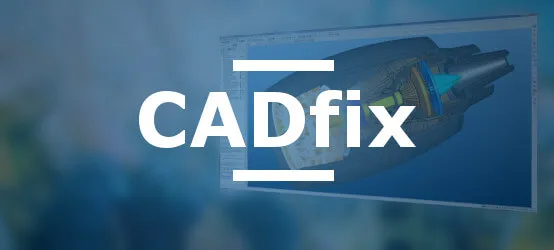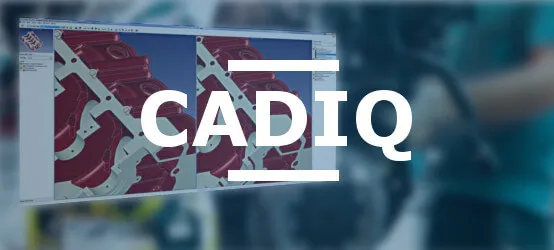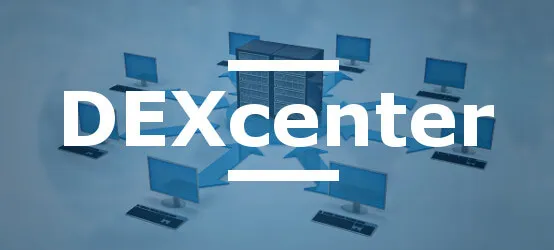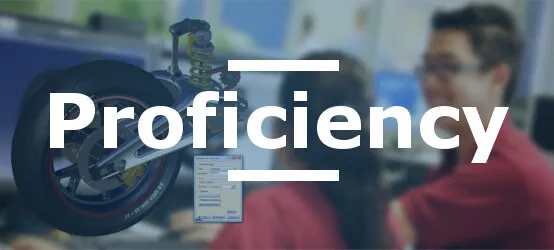In the realm of Computer-Aided Design (CAD), ensuring high-quality conversions is crucial for precise and efficient 3D models. More than just a simple converter, this overview introduces you to the strategies, best practices, and automated solutions provided by CAD Interop to optimize your CAD translations. Intrigued? Continue reading to discover how these methodologies are revolutionizing the way you manage your CAD projects.
Challenges in CAD Conversions
The CAD translation process, while vital, is fraught with challenges and pitfalls.
- Technical Complexity: Translation involves a plethora of software and formats.
- Accuracy: An imprecise translation can lead to costly errors in subsequent projects.
- Model Integrity: The translated model must retain all its original properties.
- Compatibility: Ensuring compatibility with other systems or software is a must.
- Speed: In a professional setting, the rapidity of the conversion process is often a priority.
Client-Specific Adaptation
CAD Interop strives to offer a personalized experience to each client.
- Initial Consultation: Deep understanding of client needs and requirements is the first step.
- Customized Solutions: Every company has unique needs requiring tailored solutions.
- Flexibility: The ability to adapt to changing client requests is vital.
- Technical Support: Ongoing support is provided during and after the CAD exchange process.
- Feedback: Constantly collecting user feedback to continuously improve the process.
Customized Settings for Each Automation
Each CAD automation task requires a keen attention to detail.
- Predefined Settings: Save time with frequently-used configurations.
- Quick Adjustments: Modify settings for specific needs in just minutes.
- Repeated Testing: Ensuring that each translation is at its best.
- Documentation: Detailed guides for every setting are made available.
- Regular Updates: Keeping the system updated with the latest technologies.
Custom Sequences for Effective Collaboration
Collaboration is at the heart of many CAD projects.
- Interoperability: Ensuring that all stakeholders can access and use the translated models.
- Communication Protocols: Establishing clear lines of communication for all involved parties.
- Training: Offering training sessions to ensure efficient use of the translated models.
- Security: Ensuring that the models are secure and protected against unauthorized access.
- Revisions: Facilitating the process of model revision and updating.
Flexibility through Open Architecture
Each procduct's architecture selected by CAD Interop is designed to be adaptable and flexible.
- Integrations: The capability to integrate with other tools and systems.
- Custom Extensions: Adding specific features as per client needs.
- Scalability: The solution can grow with the expanding needs of the business.
- Updates: The architecture allows for regular updates without disrupting existing operations.
- Support: A user and technician community to ensure smooth operations.
Optimizing your CAD conversions is imperative for achieving high-precision 3D models. With CAD Interop's automated strategies and solutions, you not only elevate the quality of your translations but also enhance the effectiveness of your collaborations in CAD projects.

